I need my local community of outstanding leaderships of persons pillar virtue wise -- to step forward please -- and reply.
Confirm your understanding you must HOLD YOUR KRAMOBONE on to your DAY.
FOR NOW ALL OF YOUR DAYS are deeds GOOD GOOD GREAT. If not, and your
working in reverse....
There is a nice and friendly peaceful
nonviolent little stuffing box - an auto email processing script could
be an update for anything submitted for additions [ comment stream ]
from the public -- NO ANONYMOUS IDENTITIES ALLOWED. --- Certified
Network Contacts of @Realuphuman / Gruwup : Great Reasons Us Will Unite Peace : Complete Worldwide Peace -- Allowed to pass the check.
In our everyday business / commerce world society here in the UNITED
STATES of AMERICA, that process which develops documentation integrity
in certain forms or [ instruments ] --- a SEAL is PLACED ONTO the
document before it is accepted into a process of order.because a
PREREQUISITE has been DETERMINED in a FLOW OF NEEDS in the INPUT to any
particular structured setup integrity OUTCOMES.
Anyone in
society can create such a need - if they choose - using this for
business purposes. This usually of course having a profit or non-profit
credential of a "business plan" and "entity" under that creation. its
MISSION foundation documents of CHARTER etc. These are to addresses
control considerations when a process of the OUTCOME has to meet a
certain level of trust to use or applied forward.
That is a principle description of the ROLE in our SOCIETY of a PUBLIC NOTARY.
As individuals have the the right granted us that we can do this same
process upon other individuals for the diversity of any purpose need
without any in business operation functioning in terms of holding. Its a
rarer choice. Its chosen when both participant are usually of
privileged to create an agreement between them that does not need to be
publicly filed. The terms of this kind of arrangement is called a
COVENANT.
cov·e·nant
ˈkəvənənt/
noun
noun: covenant; plural noun: covenants
1.
an agreement.
synonyms: contract, agreement, undertaking, commitment, guarantee,
warrant, pledge, promise, bond, indenture; pact, deal, settlement,
arrangement, understanding
"a breach of the covenant"
------
The process to which these two tied modeled systems of integrity PUBLIC
NOTARY and COVENANT is generally way EXTREME onto every day living.
it is in fact a part of the INTEGRITY WISDOM I hold as former NOTARY PUBLIC in 1999.[ http://realuphuman.net/…/NotaryCertificate1077638%5bfull%5d… ]
There are INTERPERSONAL RELATIONSHIPS out of BALANCE of their INTEGRITY
involved in my personal life that I CARE to EXECUTE such FORMALITY.
As a Citizen of the United States of America, What is wrong with that?
For they don't have assumed authority of integrity as a business and I
as individual lesser of their integrity or being one of corrupt morality
or being criminal upon standing.
[ These words stands forever ] :
That is if I am no longer here on planet Earth -- for right here and
now -- there is a TOOL of CREATION that is this process integrity
bonding [ NOTARY / COVENANT ] that is taken over into a informational
theory technology.
What is so hard to understand that is the
reality of these circumstances I am calling upon you to do the right
thing(s) and apply your integrity onto the matter. OR ELSE WHAT?
You must reply to my statements of management involvement --
It is your responsibility to put back in to proper standing order from your BREECH of CONTRACT. .
You ignore this and throw that marvel of intelligence wise true science
in information theory away to not respond and to remain silent. It
does not just disappear into nothingness. It may be silent to you, but
it is not a peaceful way of interpersonal relating in any kind of common
decency COMMUNITY STANDARD or allow to continue.
Can you challenge and beat my IQ SCORE? Over all 122
There is a deficiency scoring of COMPUTATIONAL SPEED if you notice: I
do believe the source of my BIPOLAR mental disorder. That does not make
me less wiser to know right from wrong to to build the technology tools
to COMPETE with the PACE of WORK LIFE you all enjoy -- Its TOO TOO QUICK
for ME! And I am not slow -- for sure. Walking really helps me calm
my mind over your chaotic The Good Life You lead.
http://realuphuman.net/…/CertificateofIntelligence-JamesDri…
Onto resolve walking and promised KEPT from last time encounters of this same SILENCE ?
Please forgiver the expiration of http://alongwalkofbeauy.us
-- 2 months ago -- NO ONE CARED -- SO Why should I carry that REAL LONG
WALK JOURNAL to-- WALKED Oakland Start Detination Goal San Berardino.
I am proud none the less to make it to BIG SUR before I had to stop.
http://gruwup.net/alongwalkofbeauty.us/
THAT WALK JOURNAL HAS ATTACHED WORDS [ as tears are flowing down my face as I write today 2016 ]
OhKindSir - May 20th 2006 ---
I promise to WALK HOME in PROTEST
This on Soundcloud here:
https://soundcloud.com/inthemindway/ohkindsirwikiworld
Here is the result of MAKING GOOD ON THAT PROMISE:
http://gruwup.net/alongwalkofbeauty.us/
YOUR SILENCE is actually a maligned [ not always to malicious factors ]
functioning in human life presence day to day as it a force conducting a
course of CIRCUMSTANCES to an eventual END POINT time resolve of
OBLIVION.
Where do you learn your spiritual / religious practices
or beliefs to be a moral person over and above the rest? This is fully
formed, as though I am EDUCATING the persons on the other END of this
connection, for they have LOST SOMETHING is the GUIDANCE that we ALL
NEED TO BE FOLLOWING. [ http://community.gruwup.net/Words-To-Live-By/ ]
What the hell is wrong with you people?.
- [STANDING ON MORAL WISDOM ]
Tagged: #RockyMountainCares : #PillarPropertyLLC
Rocky Mountain CARES : Denver Colorado AIDS Project
[ Ryan White Act Supportive Agencies in view of dysfunction service -- as client-centered DEMANDS ]
Pillar Property Services, LLC
2420 W. 26th Ave. – Ste 480D
Denver CO 80211
(303) 477-4377
Property Manager, Jennifer Mattock
in Charge of Business at:
Chesney KleinJohn Apartments
1005 Washinjgtonn Street
Denver Colorado : United States of America
HOPWA - [ Housing Opportunities for Persons With Aids ] - HUD PUBLIC HOUSING SUBSIDIZED housing for almost 3 decades.
On Site Building Manager, Darrell Johnson
Chesney-Kleinjohn Housing Inc :
http://meme.gruwup.net/%23Kramobone-The…/%23Darrell.Johnson/
My access restricted -- in that process was my TRIBUTE to Marlon Riggs December 1st WORLD AIDS DAY RESTORED ?
This has been going on for since first targeted AUGUST 11TH 2015. This Facebook post archive is real.
You guys are seriously DERANGED of your COMMON DECENCY:
http://gruwup.net/…/James%20Driskill%20-%20Darrell,%20I%20w…
I really at this point know the tags are in place for the remaining outside listening binding of bonds to not let this happen.
Metta World Peace : Magic Johnson : Marlon Riggs : Mark zuckerberg lt [ he knoiws why he is tagged ] Recombinant Memetics
@Gruwup Persons Declarations
http://persons.gruwup.net/…/Ron.Artest.Jr-%5bMetta.World.P…/
Messages To [ History ]
http://persons.gruwup.net/…/ON%20Twitter%5bPrivate%20now%20…
http://persons.gruwup.net/%5bP…/Marlon.Troy.Riggs-Feb031957/
http://persons.gruwup.net/…/Earvin%20Magic%20Johnson%20Jr.…/
#IStandWithMagic Against HIV
http://persons.gruwup.net/…/I%20Stand%20With%20Magic%20CARD…
---
Urban Survivors Union : A solution of thought to bring forward -- Dr Isaac Jackson - Tongues United [ The Poetry To The Video Work ]
http://gruwup.net/…/Marlon%20Riggs%20-%20INTRODUCTION%20TO…/
http://gruwup.net/…/Marlon%20Riggs%20-%20Tongues%20Untied%…/
#BlackLivesMatter
HOLD YOUR KRAMOBONES PEOPLE ! PLEASE
FOR ELSE WE ARE DOOMED considering what is happening... :
Barack Obama : President Obama ----> Hillary Clinton / Realdonaldtrump : November 2016
http://meme.gruwup.net/…/Gmail%20-%20Hold%20Your%20Kramobon…
Pontifex [ That is Most Honorable Pope Francis ]
FBI – Federal Bureau of Investigation
: To the investigation to another systematic HATE BASED CONSPIRACY
equally PARALLELS MEMEPLEXS TO Eviction Case WG06266106 [ Alameda County
CA Apr 2006 ]
Defense Advanced Research Projects Agency - DARPA
Hey hey -- This is the solution to being forward
I am the one - that one - peace bulder knowing IN CHARGE
of @Gruwup2016 :: http://community.gruwup.net
This CONSPIRACY TERMINATES WITH APOLOGY
http://community.gruwup.net/Prejudice/
I am the one who holds the better man character.
This being a full audio spoken voice mp3 presentation of issues : 1 hour and 6 minutes -- this is complexity out run a muck.
Index of /#Kramobone-The.Good/#Darrell.Johnson/#HOPWA2016-DemandOfGoodCharacterResidentHere-CommunityStandards-Neighbors-Helping-Neighbors
http://meme.gruwup.net/…/Mpatapo%20-%20Demand-CommunityStan…

![[DIR]](CONFIRM%20understandings%20needed%20here.%20COMPLY%20OR%20ELSE%20REPRIMANDS%20PERMANENT[1]_files/B6NtdfM_XME4B196apHap8pPv8oGYYwQFSNvNhsP7GyGCFFXVpq84wE0pOqN.gif)

![[DIR]](CONFIRM%20understandings%20needed%20here.%20COMPLY%20OR%20ELSE%20REPRIMANDS%20PERMANENT[1]_files/MLHmpy1reKSXMFAbklhY0uxuCPVVUvs887Wn37PZSjIyKV4JcWHdtPRkOAwu.gif)
![[DIR]](CONFIRM%20understandings%20needed%20here.%20COMPLY%20OR%20ELSE%20REPRIMANDS%20PERMANENT[1]_files/QyGK8sagREzi4rr6BlsZyykS26yC52Dfv_bpU69ErpxOgGhc7x9HGQJp-J-u.gif)
![[ ]](CONFIRM%20understandings%20needed%20here.%20COMPLY%20OR%20ELSE%20REPRIMANDS%20PERMANENT[1]_files/82T26kDO0VJ1lrq54z5_tiotwgOhFC9VapAkN6GV1ywddYwqGmWiyM66OCLl.gif)
![[DIR]](CONFIRM%20understandings%20needed%20here.%20COMPLY%20OR%20ELSE%20REPRIMANDS%20PERMANENT[1]_files/U2iVpRJDQFe5x32RnIm6OVAsWdB-GU-jVen5LvftY6FRvcMdE1rM8i434ZFo.gif)
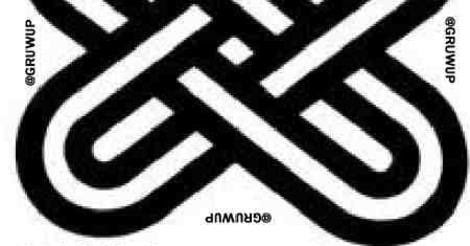







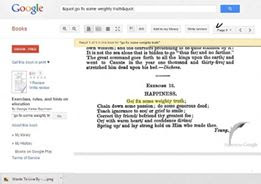
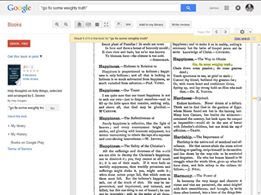

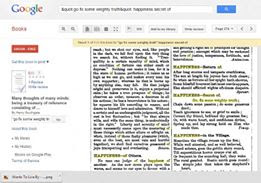
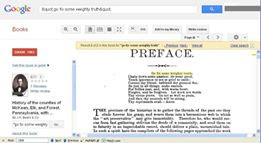




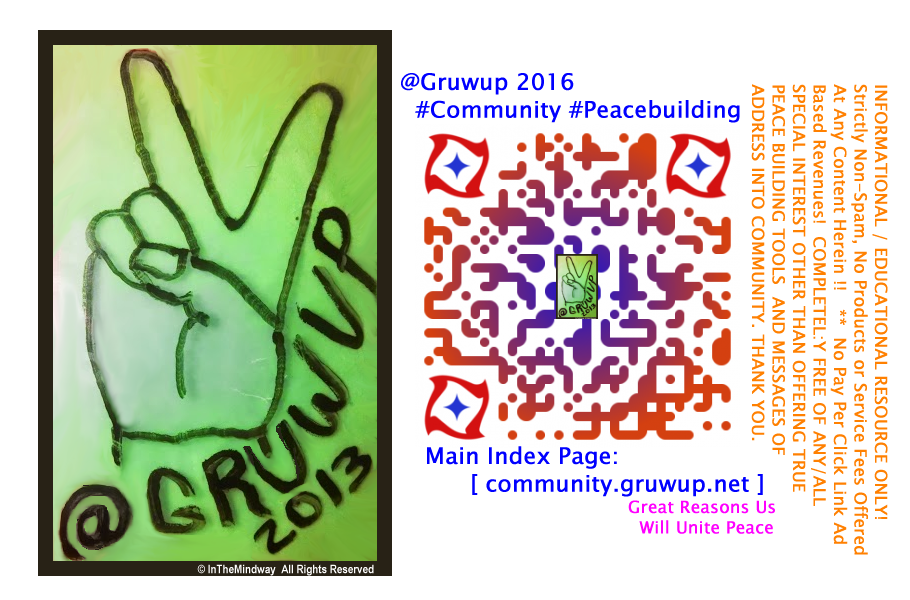
![[DIR]](CONFIRM%20understandings%20needed%20here.%20COMPLY%20OR%20ELSE%20REPRIMANDS%20PERMANENT[1]_files/NEsYtlL7aTOA7hCIMK0SQS_ukLvrnaEObTj92nXii_udnTYXnUvyUz1c3oiH.gif)
![[DIR]](CONFIRM%20understandings%20needed%20here.%20COMPLY%20OR%20ELSE%20REPRIMANDS%20PERMANENT[1]_files/H7dxthILioDpOiswfFtU5FzeTi75TN6f4XpaB4HmIOZLWlTaHSpU0Z36Mp9k.gif)

![[SND]](CONFIRM%20understandings%20needed%20here.%20COMPLY%20OR%20ELSE%20REPRIMANDS%20PERMANENT[1]_files/mkW5NMARdSoaQGdb-xbhaGbyIuNXeymx1C1CBOGHzlh437V3qJarujaEp5bk.gif)
![[TXT]](CONFIRM%20understandings%20needed%20here.%20COMPLY%20OR%20ELSE%20REPRIMANDS%20PERMANENT[1]_files/aRrx5TSrTe3RXnc0YEgqgZ4hzu1a7L4S71nX5uOXcxa-tIyCODFABxwNlJqQ.gif)
![[IMG]](CONFIRM%20understandings%20needed%20here.%20COMPLY%20OR%20ELSE%20REPRIMANDS%20PERMANENT[1]_files/38luf09luz4ktcz4LinFi_tVJymBDRKXGBJzJqa5tmcuCmb8vD6nsHFmuG_u.gif)






![[DIR]](CONFIRM%20understandings%20needed%20here.%20COMPLY%20OR%20ELSE%20REPRIMANDS%20PERMANENT[1]_files/-NXrPvTwoDkxv8gPJggaV7G5xQa54D6uOXRN3LCc32NUCZib6pz_5FQAW0im.gif)